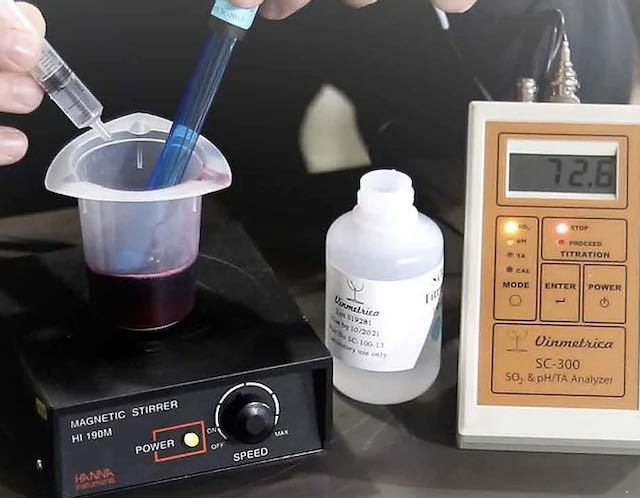Managing Sulfites in Wine (Smart Winemaking)

Sulfur Dioxide, also known as “sulfite” or SO2 is a commonly misrepresented, yet critical component of wine. In the United States, wineries are required to use the statement “Contains Sulfites” on the label which has caused somewhat of a hysteria over the substance.
SO2 occurs as a natural bi-product of alcoholic fermentation by yeast, whether in nature or in the winery. The human body can produce sulfite at a rate of about 1g per day. You are probably familiar with the smell of sulfite if you have ever lit a match, as SO2 is responsible for the characteristic smell. The amount of SO2 found in a glass of wine is extremely low at around 0.005 to 0.010 grams, while the concentration in dried fruits can be 10 to 20 times higher.
In winemaking, SO2 is the first line of defense against oxidation and microbial spoilage and a key contributor to a wine’s aging potential. As a winemaker, you are intentionally allowing the fruit juice to decompose into wine (thank you yeast!), but stopping it before it continues the decomposition cycle to volatile acids like vinegar and then later into water, as would happen in nature.

